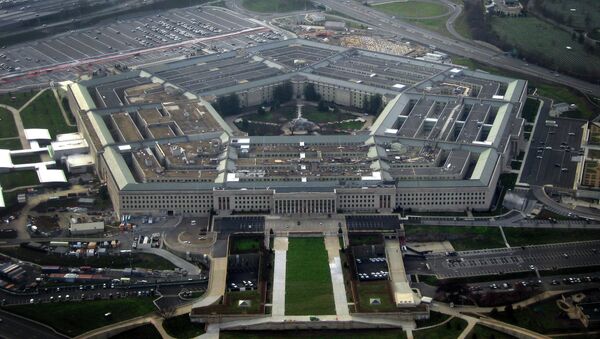At the core of the project is the idea of using machines to identify launcher-shaped objects buried within the staggering amount of digital imagery collected by US spy satellites, manned and unmanned aircraft.
A senior official in the Department of Defense explained that it is this vast amount of data that makes manual research inefficient.
"What was largely a manual process for intelligence analysts has to become an automated one," he said, cited by Defense One.
The ultimate goal is to train computers spot what are called transporter-erector-launchers (TELs). North Korea used these kinds of launchers during missile tests conducted over the last few months.
Using machine intelligence to track sites globally, single out TELs and alert analysts of the threat would assist the Pentagon in having prior knowledge of missile launches.
TELs on the ground are hard to identify, especially when disguised as semi trucks or shipping containers. Bill Gattle, president of Harris Corp.'s Space and Intelligence Solutions division, says the key is teaching the machines to distinguish between the normal and abnormal protocols and procedures of surveillance targets.
"If Bob always goes to that restaurant every morning and eats breakfast and today he didn't, he met a little white van off the to the side of the street corner, we want to know that," Gattle said. "We want it to trigger us that, ‘Hey, something different from the normal just happened.'"
According to Deputy Defense Secretary Robert Work, this type of automation would be most beneficial at the National Geospatial Intelligence Agency, which snaps pictures from US spy satellites, processes the images and hands the data to the military and intelligence community.





